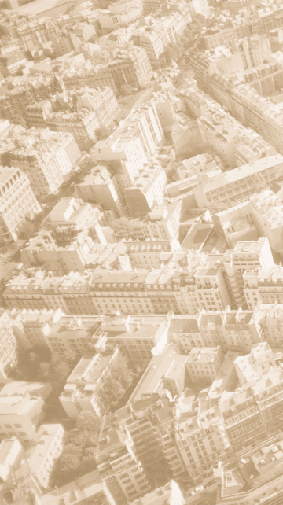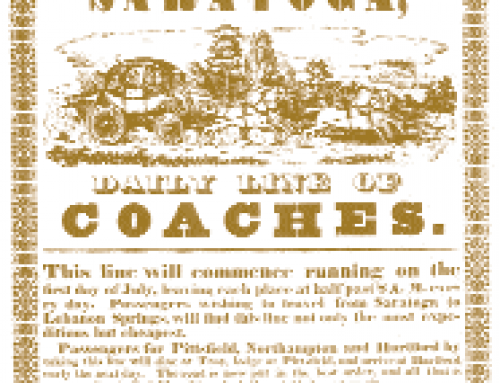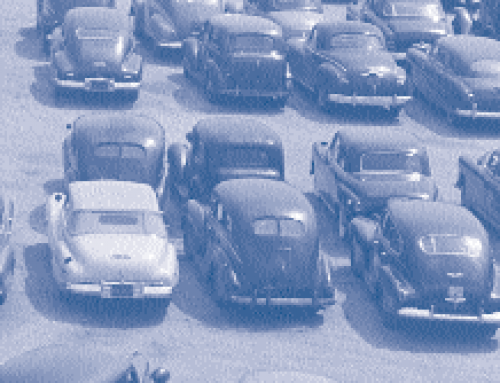A long-standing tradition has city planners in the role of creative designers of towns and cities. Perhaps that role is best illustrated in the new town plans of Great Britain with their carefully designed settings for modern life, complete with decent housing, spacious parks, nearby job sites, and high-quality public facilities and services. The basic idea holds that good physical settings make for good living. In that context, one of America’s most eminent sociologists once described city planning as the last stronghold of utopianism.
That image of city planners has been in abeyance in recent decades. Once city planners got mixed up with public administrators, engineers, and economists, they seem to have lost the utopian self-image. They then saw themselves as practical doers rather than as big-thinking urban architects. They became administrators of zoning laws, builders of infrastructure, analysts of costs and benefits, and designers of simulation models. Hard stuff.long-standing tradition has city planners in the role of creative designers of towns and cities. Perhaps that role is best illustrated in the new town plans of Great
But the old tradition has come alive again. As in the early days of the 20th century, architects and urban designers are now advocating self-styled avant-garde city planning. Under banners labeled “New Urbanism” and “Neotraditional Planning,” some contemporary urban designers are promoting a renewed vision of livable cities. Harking back to 18th and 19th century models, the New Urbanists are nostalgically calling for a return to physical town patterns of earlier times.
Their ideal has medium-density housing close to jobs, retail shops, and civic institutions clustered in town centers. Walking is a dominant mode of access, and automobiles play greatly reduced roles. Rail transit is a key ingredient: residents will prefer to travel by train, and stations will become the magnets attracting activities to the town center. In turn, village life will make for cohesive social communities.
The basic idea holds that good physical settings make for good living.
Early physical designs for Neotraditional towns have been handsome. As alternatives to the drab, if not ugly, physique of many contemporary American suburbs, they hold great promise of pleasant living environments. It’s scarcely any wonder they’ve attracted enthusiastic responses in many quarters.
Several UCTC researchers have been examining prospects for New Urbanism. This issue of ACCESS reports on a few of them. They describe changing commute patterns as jobs move from central cities to suburbs. They ask how rail transit might affect land use patterns. In turn, they ask how Neotraditional land use patterns might affect daily travel behavior—how they might promote walking to shops, transit riding to work, and fewer trips by car.
In general they find empirical evidence on effects of Neotraditional designs to be weak or nonexistent. As one of our authors puts it, that’s “a wobbly foundation indeed for current transportation policy.” The findings emerging from this evaluation research suggest that New Urbanism may be promising more than it’s likely to deliver. Expectations of greatly reduced traffic congestion seem unduly optimistic. Not many suburbanites are ready to abandon their cars in favor of either light- or heavy-rail transit. Indeed, trend lines everywhere portray persistently declining transit riding, even where new rail lines have been installed. And then, as suburban dispersion extends further, so too does demand for cars. That turns out to be true among black workers commuting from central cities to suburban jobs, as it has been for white suburban workers commuting to suburban jobs.
These studies suggest that, despite attractive promises of New Urbanism, new rail-transit systems, and even new Internet links, near-term revolutions are unlikely. I find that discouraging, for I remain addicted to city planning’s visionary tradition, still wishing we could redesign our urban environments. But I know, of course, that behavioral changes do not follow directly from changes in physical environments. I know, too, that cause-and-effect relationships must be demonstrated through systematic empirical observation, not merely by voicing a creative idea.
So, until better evidence turns up, I expect we’ll be building more suburbs in the present models and driving more cars over more miles. Nevertheless, I hope we’ll continue to search for ways to build better environments than we’ve so far achieved. However prosperous the contemporary suburbs have been as a setting for modern life, our long-standing tradition insists we can surely do much better.
Melvin M. Webber






